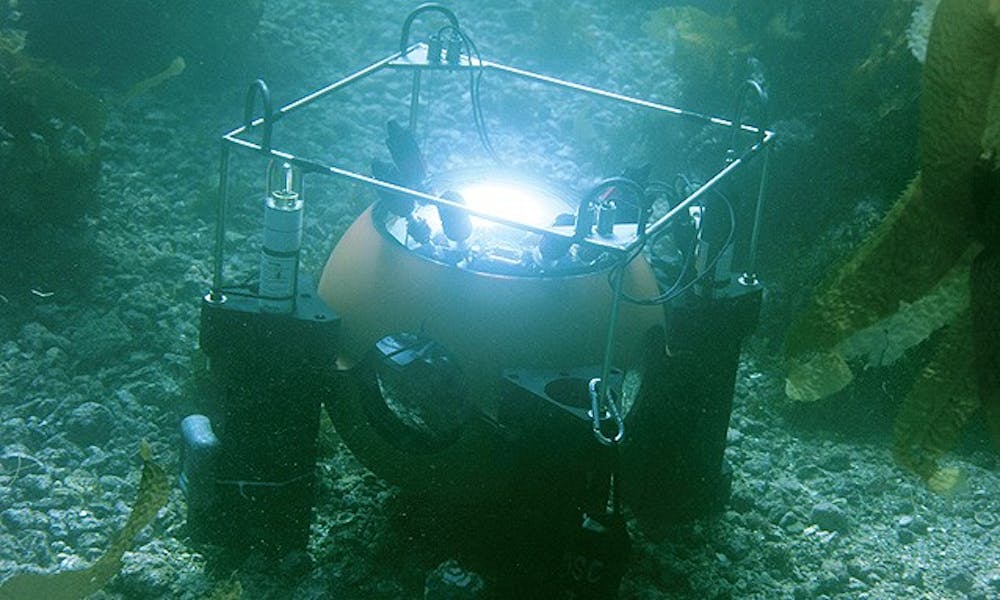Being the best requires learning from the best, and studying the fine art of camouflage in squids is no exception.
With a grant from the Office of Naval Research, researchers from Duke and two other institutions are collaborating to investigate the camouflage abilities of squids and other cephalopods. The study will have environmental, educational and perhaps military applications.
Sonke Johnsen, an associate professor of biology and principal investigator, said the study has several components: understanding how light changes at the surface of the water, determining what the animals can actually see and how they behave in response to it and studying the processes occurring in the skin.
“We’ve known forever that cephalopods... are really good at camouflage, it’s just that now we’re able to study it in a lot of ways we couldn’t before,” he said.
The researchers, also hailing from the University of California at San Diego’s Scripps Institution of Oceanography and the University of California at Santa Barbara, are using a special camera and a holodeck—similar to the virtual reality facility in Star Trek—to study these marine creatures.
The camera, called an omnicam, can film in six directions and collects information about the light around the animals, said Jules Jaffe, an engineer and research oceanographer at Scripps. The holodeck is a fish tank with plasma screens and projection TVs on every side. It allows researchers to investigate the parts of the visual background most important to cephalopods.
Combined, these two pieces of technology allow the researchers to create a virtual reality environment for the squids, explained Alison Sweeney, a post-doctoral fellow in the lab of a participating UCSB researcher. Various scenes, both natural and manipulated, can be shown to the animals without disturbing them.
“By studying [the squids’] camouflage response, we can get a sense of how their perception is,” Johnsen said. “Part of the project is to look at a lot of cephalopods and see the world through their eyes.”
Cephalopods have bags of pigment underneath their skin that they can either expand or contract to change color. Beneath these bags lies a series of reflecting cells—which behave similarly to soap bubbles—that control the color and the amount of color reflected.
Although the animals are colorblind and only have a limited view of themselves, they can change the texture of their skin to blend in completely with their surroundings.
“They can basically make any pattern they want on their skin,” Johnsen said. “They’re pretty phenomenal at it.”
These patterns are made “almost as fast as a TV set. You could... watch a movie if [the squids] were able to project it,” he added.
The research is currently being conducted at the three institutions as well as in the Gulf of California during this summer. Both Sweeney and Jaffe lauded the multi-disciplinary, trans-university nature of the project, which has a total staff of about 40 biologists, physicists, engineers and molecular modelers.
While the research may help improve camouflaging technology, it is not likely to lead to an invisibility cloak any time soon.
“This sort of invisibility is operationally very good, but we won’t be doing Harry Potter,” Johnsen said. “That would be too cool.”
Get The Chronicle straight to your inbox
Signup for our weekly newsletter. Cancel at any time.

